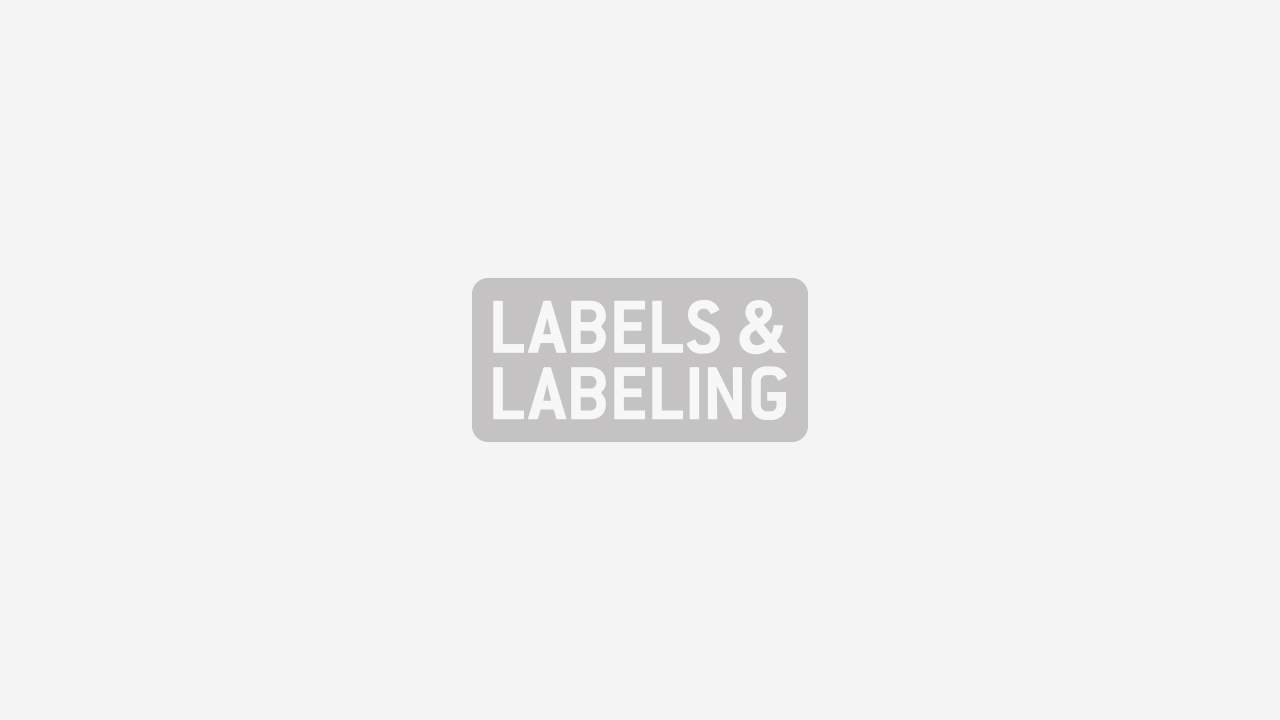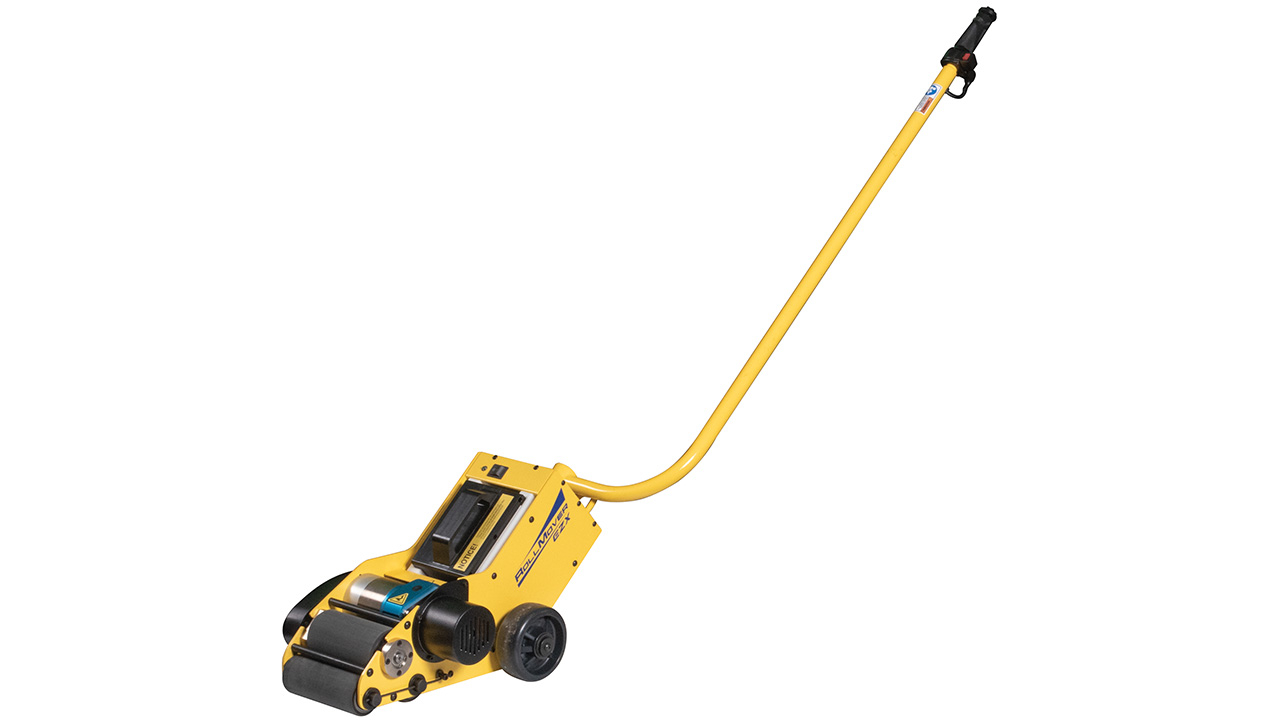BASF introduces new adhesive coating technologies

On the occasion of an industry meeting in Ludwigshafen, BASF introduced two new coating technologies for adhesives to representatives of the global adhesives industry. So-called multilayer coating technology allows up to three different layers of adhesive to be applied simultaneously on to a carrier material using a special multilayer die. For coating adhesive labels, this means for example that an oxygen barrier or UV absorbent layer can be integrated between two layers of adhesive without requiring three individual production stages. Manufacturers of pressure sensitive labels can lower their production costs and save manufacturing time. Multilayer coating means food stays fresh longer, adhesives don’t yellow as fast and medical products can be packed in sterile and airtight conditions.
‘Our innovative multilayer technology offers our customers genuine added value”, said Dr Thomas Schwerzel, director of business management adhesive raw materials and fiber bonding at BASF. ’We supply them with our high-quality adhesive raw materials, which are precisely aligned with multilayer technology. This guarantees faster production and lower manufacturing costs.’
The further development of high-speed laminate coatings using the environmentally friendly acResin product range is no less innovative. For the first time, BASF experts have introduced the production of clear-to-clear laminates with acResin at a speed of more than 400 meters per minute. This enables ultra high-quality labels, for the perfume and cosmetics industry for example, to be manufactured – in other words labels that are so transparent that they are almost undetectable as labels. It’s also called the no-label look.
acResin products are UV crosslinkable acrylate hot-melt pressure sensitive adhesives. These are water and solvent free and offer advantages over conventional adhesives both in processing and in environmental terms. Irradiation with UV light controls the crosslinking of the macromolecules in the adhesive film, which is responsible for the adhesive properties. If the polymers are highly crosslinked, the adhesive film is relatively firm and holds together when subjected to tensile loading. The contact between an object and the adhesive gives way first, which is why for example, a price label can be removed easily without leaving a residue.
Conversely, if the polymer chains are weakly crosslinked, they will break down before the adhesive detaches from the surface and a residue will remain on the surface. With acResin, the adhesive strength of the adhesive layer can be varied according to the UV dosage deployed.
Stay up to date
Subscribe to the free Label News newsletter and receive the latest content every week. We'll never share your email address.

